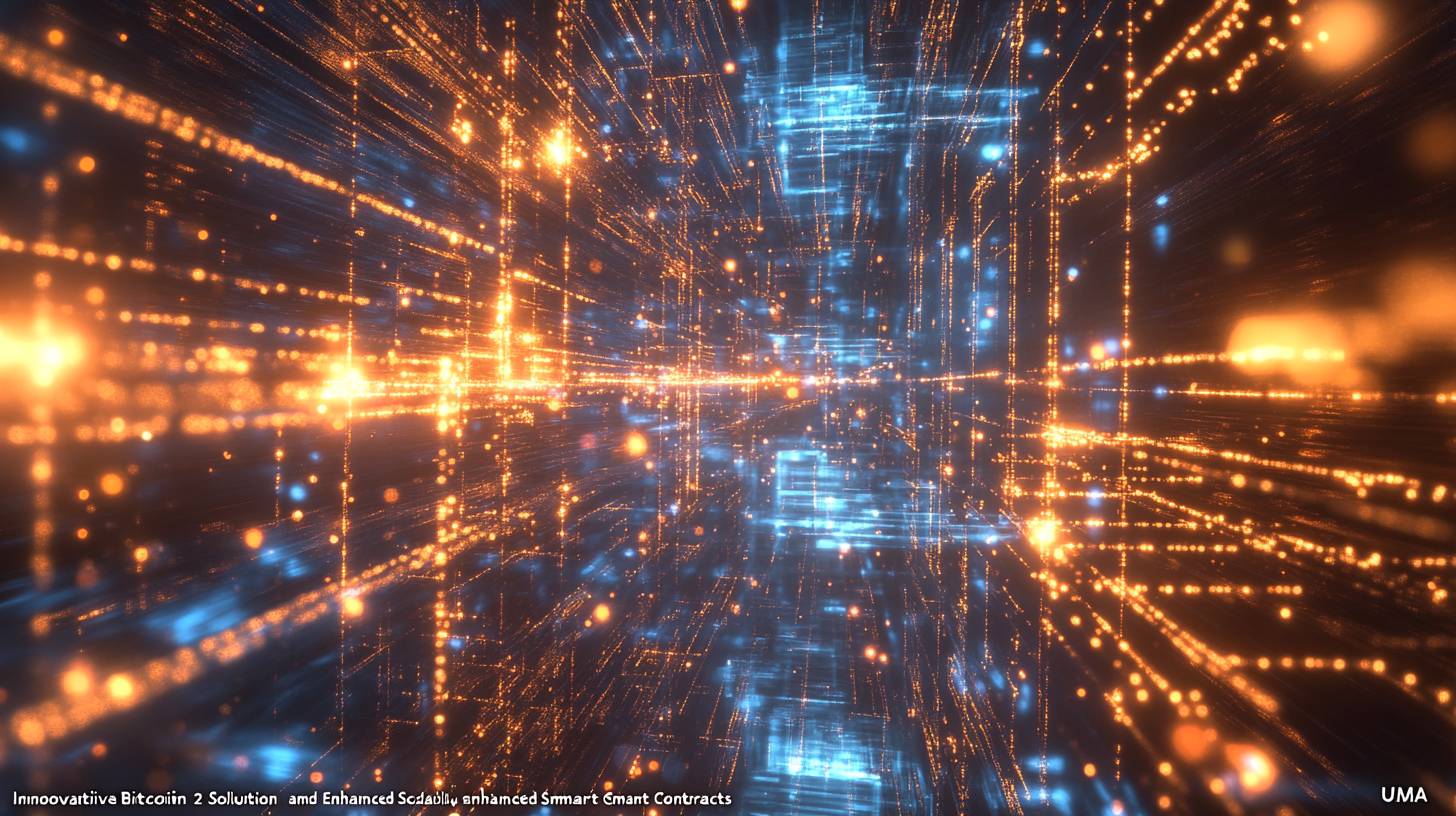
Lightspark introduces Spark along with enhanced UMA features
UMA Auth, created using Nostr Wallet Connect (NWC), allows users to incorporate payments directly into applications, making it just as straightforward as logging in with Google or Facebook. This feature is especially beneficial for tipping artists, paying subscription fees, or sending money to friends within apps. Conversely, UMA Request redefines the conventional payment model by letting recipients ask for payments, which is particularly useful for online purchases and international transactions.
As Lightspark progresses in the development and enhancement of these tools, the potential for disruption within the global payments sector is vast. By providing faster, more affordable, and accessible payment options, Lightspark is not only simplifying the process for Australians to send and receive international payments but also paving the way towards a more inclusive and efficient global financial system. Whether you’re a business owner, a freelancer, or someone looking to transfer money to family overseas, Lightspark’s innovations may soon become an essential part of your financial toolkit.
For Australians, this could represent a significant shift. International remittances play a key role in the financial landscape, with many Australians sending money to friends and family abroad. Historically, these transactions have been slow and costly, often with fees surpassing 6%. Lightspark’s UMA Extend, which enables nearly instantaneous international bank transfers with fees as low as 0.25%, presents an attractive alternative. Whether you’re sending AUD to Europe, the US, or Asia, the capability to convert local currency into Bitcoin and back to the recipient’s currency in under 30 seconds is a remarkable advancement in convenience and cost-efficiency.
During Lightspark Sync, the company’s inaugural partner summit, Lightspark captured attention by revealing a range of new products and features designed to transform global payments. The standout announcement was the alpha launch of Spark, a Bitcoin Layer 2 solution that is fully compatible with the Lightning Network. Spark aims to simplify the onboarding of users to a non-custodial Bitcoin layer, making it cheaper and more efficient while tackling some of the significant issues that have impacted the Lightning Network, particularly its scalability for billions of users.
In contrast to traditional Lightning wallets that necessitate on-chain transactions for opening payment channels and locking Bitcoin, Spark utilizes statechain technology. This enables users to hold fractions of Bitcoin off-chain and transfer them via private keys instead of signing transactions. As stated by Lightspark CTO Kevin Hurley, this method circumvents the excessive fees and block space congestion that typically arise with a vast user base. Hurley emphasized that Spark was designed to provide an immediate solution, rather than waiting for future Bitcoin opcodes like CheckTemplateVerify or TapleafUpdateVerify to lower costs.
As the world becomes more interconnected, the need for quicker, more cost-effective, and efficient global payment solutions continues to rise. Lightspark’s product suite, including Spark and the latest UMA features, is well-positioned to tackle this demand directly. By merging Bitcoin’s Lightning Network with traditional banking systems, Lightspark is forging a link between decentralized finance and existing financial infrastructures, easing the process for users to transfer money across borders with less friction.
Together with Spark, Lightspark launched multiple new features for UMA, their open-source, regulatory-compliant payment solution. UMA Extend, UMA Auth, and UMA Request were highlighted as part of this new toolkit. UMA Extend connects the Lightning Network to traditional banking systems, enabling near-instant international bank transfers. For instance, an Australian user could send AUD to someone in Europe wanting to receive euros, with the entire transaction completed in just 30 seconds. This marks a considerable improvement over the typical two to three days needed for international transfers, and with transaction fees ranging from 0.25% to 0.5%, it’s significantly cheaper than the average 6.35% charged for remittances.
The future of global payments with Lightspark
Source: bitcoinmagazine.com
With these innovations, Lightspark is establishing itself as a frontrunner in the global payments arena, delivering solutions that are not only faster and cheaper but also more accessible for users globally, including Australians. Whether it involves sending Bitcoin, stablecoins, or fiat currencies, Lightspark’s new tools are crafted to simplify global payments akin to sending an email.
Moreover, UMA Auth and UMA Request introduce fresh methods for embedding payments in everyday applications. For example, Australian content creators, artists, and musicians could leverage UMA Auth to receive tips or payments seamlessly within their apps, without relying on third-party platforms that deduct a portion of their earnings. Similarly, UMA Request could streamline cross-border e-commerce, enabling Australian merchants to solicit payments from international clients without incurring steep credit card transaction fees.
Another promising element of Lightspark’s vision for the future of global payments is its potential to enhance financial inclusion. In Australia, while most urban centers have reliable internet access, many rural and remote areas still encounter connectivity issues. Spark’s offline receive feature could prove vital for these communities, facilitating users to accept Bitcoin without needing an internet connection. This could unlock new opportunities for Australians in less connected regions to engage in the global economy, whether by receiving payments for goods and services or sending money to relatives abroad.
Besides facilitating economical and instant payments, Spark provides a permissionless, unilateral exit to the Bitcoin base layer. It also features offline receive capability, allowing users to get Bitcoin even when not connected to the internet. This is revolutionary for users in areas with unreliable internet connectivity, including parts of rural and remote Australia.
Furthermore, Spark supports stablecoins, which can be issued using Taproot assets, LRC-20, or RGB on the Bitcoin base layer. These assets can be transferred to Spark and are fully UMA-enabled, allowing non-custodial users to send funds straight into the bank accounts of UMA Extend users. This creates new opportunities for cross-border payments, especially for Australians wishing to send or receive money internationally without the steep fees often associated with conventional remittance services.
Additionally, the incorporation of stablecoins into Spark provides another layer of versatility. Stablecoins, which are linked to fiat currencies such as the US dollar or Australian dollar, allow users to bypass the volatility commonly associated with cryptocurrencies like Bitcoin. For Australians who may be reluctant to use Bitcoin for everyday transactions due to its price variations, stablecoins serve as a more stable means of exchange. With Spark’s support for Taproot assets, LRC-20, and RGB, users can effortlessly transfer stablecoins across borders, simplifying international business dealings or sending remittances without concern over exchange rate fluctuations.

